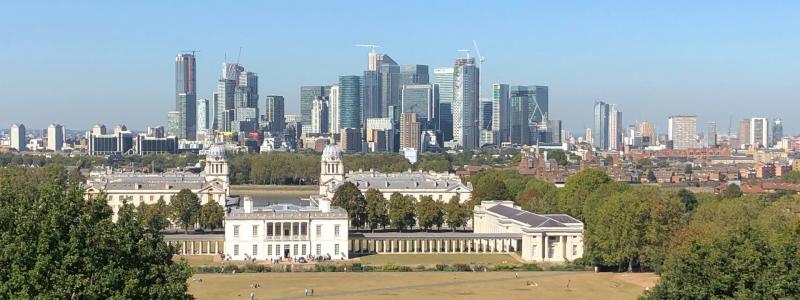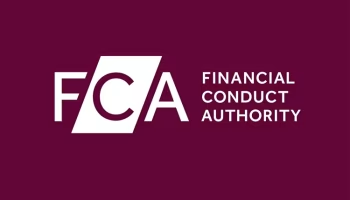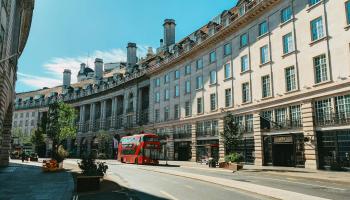June 30, 2025
London’s Great Estates: The Hidden Hands Behind Prime Property
Explore London’s historic Great Estates like Grosvenor and Cadogan, and how they still shape Prime Central London’s property market today.

If you’ve ever walked around areas like Belgravia, Mayfair or Chelsea and wondered why everything looks so pristine, uniform, and expensive, there’s a reason. A big part of central London is still controlled by a handful of historic landowners known as the Great Estates.
These estates have shaped London’s property landscape for centuries, and many still do today.
What Is a London Estate?
In this context, an “estate” isn’t just a big house or private land. It means a large portfolio of freehold property, often covering entire neighbourhoods, all held by the same landowning family or trust.
Some of these estates date back to the 1600s. Many were built gradually over time and are still run like private companies today. Think of them as long-term landlords — not just renting out flats, but managing whole communities.
Why Do the Estates Matter?
Because they own so much of the freehold land, they can control how areas are developed, maintained, and improved. This is why streets in places like Mayfair or Knightsbridge seem better preserved than others — they’ve got a powerful estate behind them, setting strict rules on appearance, renovations, and use.
It also means buyers often purchase leasehold flats on land still owned by the estate, which comes with its own set of pros and cons.
The Main London Estates (and Their Stories)
Here are the big names you’ll still see today:
Grosvenor Estate
- Area: Mayfair & Belgravia
- Founded: Early 1700s
- Owned by: The Duke of Westminster (Grosvenor family)
- One of the most powerful landowners in the UK. They started developing Mayfair in the 1720s and moved on to Belgravia in the 1800s. Still runs as a massive private company today, with a global property portfolio.
Cadogan Estate
- Area: Chelsea & Knightsbridge
- Founded: Late 1700s
- Owned by: The Cadogan family (Earl Cadogan)
- Known for keeping Chelsea stylish but traditional. The family still controls much of Sloane Square and the King’s Road area, a balance of commercial activity and heritage.
Howard de Walden Estate
- Area: Marylebone
- Founded: 18th century
- Owned by: The Howard de Walden family
- Manages much of Marylebone High Street and its surrounding residential streets. Has played a huge role in making Marylebone one of London’s most liveable central neighbourhoods.
Portman Estate
- Area: Part of Marylebone and north Mayfair
- Founded: 16th century
- Owned by: The Portman family
- Covers 110 acres of Marylebone. Works closely with local businesses to keep the area upmarket and tenant-friendly.
Bedford Estate
- Area: Bloomsbury
- Founded: Early 1700s
- Owned by: Russell family (Dukes of Bedford)
- Famous for garden squares and Georgian terraces. Still holds many properties around Russell Square and Bedford Square.
Crown Estate
- Area: Regent Street, St James’s
- Owned by: The monarch (run as a public asset)
- Profits go to the Treasury. Owns large parts of Regent Street and St James’s, with a focus on commercial property — retail, offices, and flagship stores.
What Does This Mean for Buyers or Tenants?
If you’re buying or renting in Prime Central London (PCL), there’s a good chance the freeholder is one of these estates. That means:
- Lease terms are usually very strict
- Renovations and changes may require estate consent
- The upside? Streets are kept immaculate, properties retain value, and you’re buying into a highly curated neighbourhood.
The estates aren’t just landlords, they’re long-term custodians of some of London’s most valuable postcodes.
Final Thought
London’s Great Estates are a big part of why Prime Central London looks and feels the way it does. While modern developers come and go, these family-run estates have shaped entire districts over centuries, and they’re still going strong.
If you’re moving into one of these areas, you’re not just buying a home — you’re stepping into a legacy.
I mention Prime Central London a couple of times, or PCL for short. I will follow up with a post on what PCL is.



Comments (0)
Want to comment on this page? Login or Register.